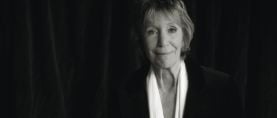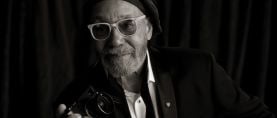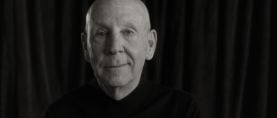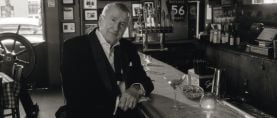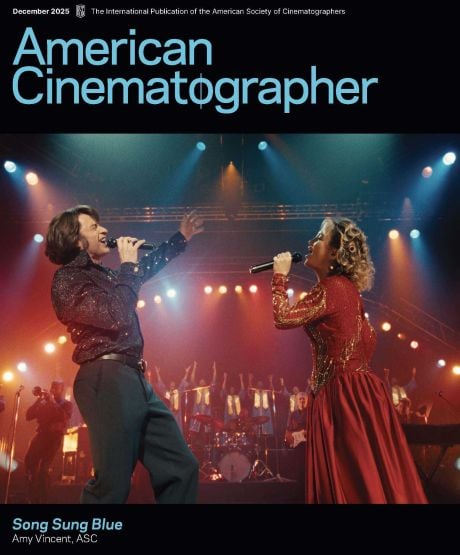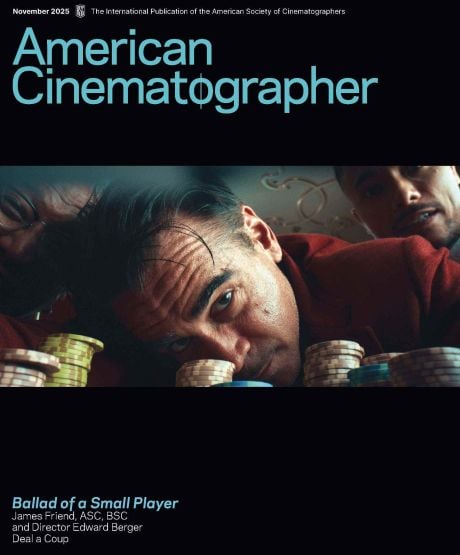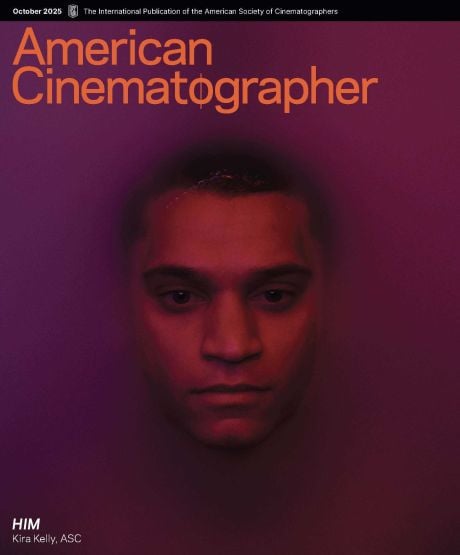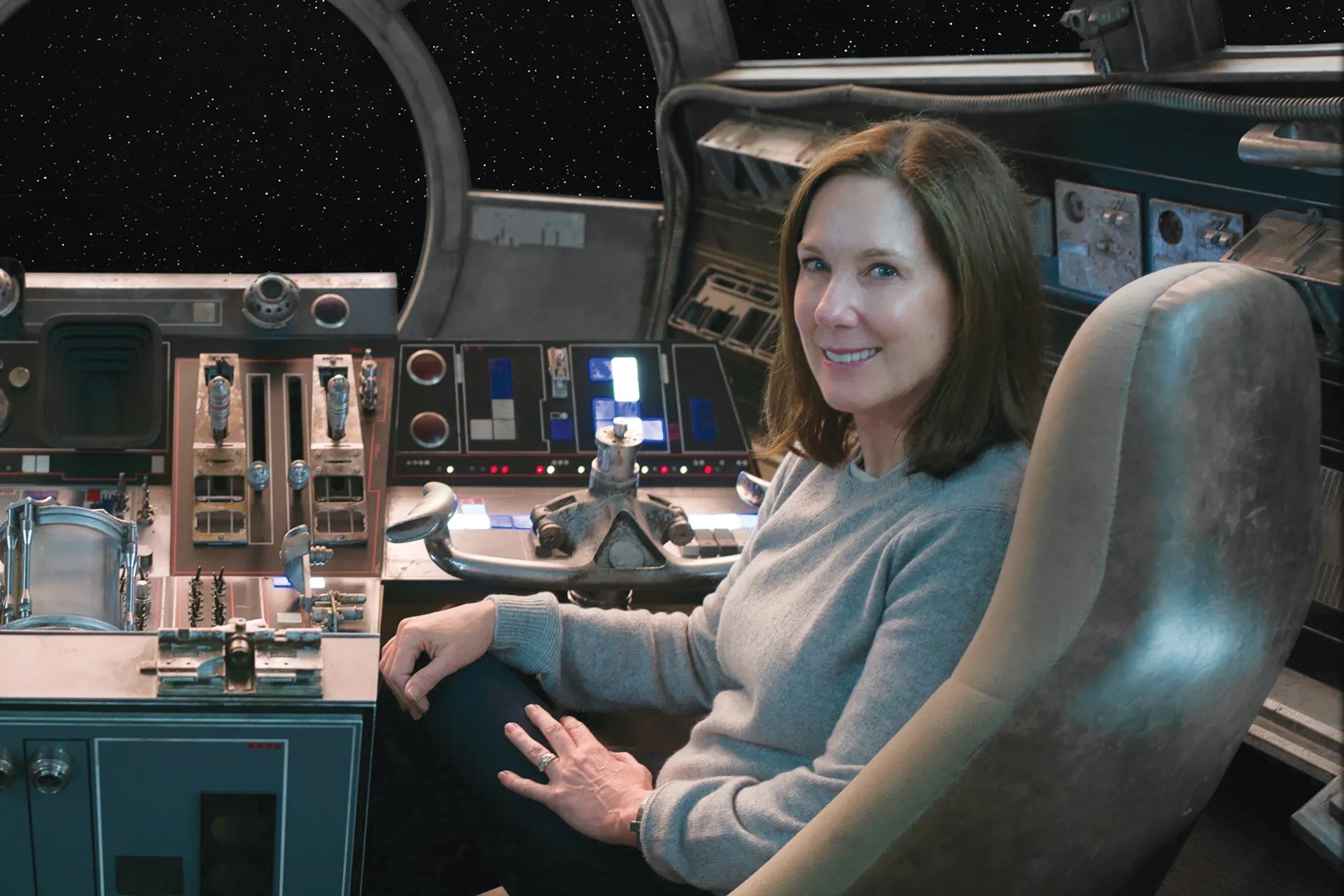
Kathleen Kennedy: An Industry Force
The ASC honors the renowned filmmaker with its Board of Governors Award.
Producer and studio executive Kathleen Kennedy, recipient of the 2025 ASC Board of Governors Award, has had a significant hand in shaping some of the industry’s most popular and celebrated films of the past four decades. Movies she has shepherded have made more than $11 billion worldwide, and eight have earned Academy Award nominations for her work. In 2018, she also received the Academy’s prestigious Irving G. Thalberg Award.

The ASC’s honor will be presented during the Society’s annual gala on Feb. 23.
Born in Berkeley, California, to a judge-attorney and a former theater actor, Kennedy majored in telecommunications and film at San Diego State University. “My introduction to falling in love with movies was probably initially focused more on the image than anything else,” she says. “I became very interested in still photography in college — I spent many hours in the darkroom and loved working with black-and-white images — and that’s what led me into film. When I think about movies I love, it goes hand-in-hand with the imagery.”
In her final year at San Diego State, she secured a job at KCST (now KNSD), a San Diego television station, where she worked as a camera operator, an editor and, finally, a news-production coordinator. She produced You’re On, a local talk show, for four years.
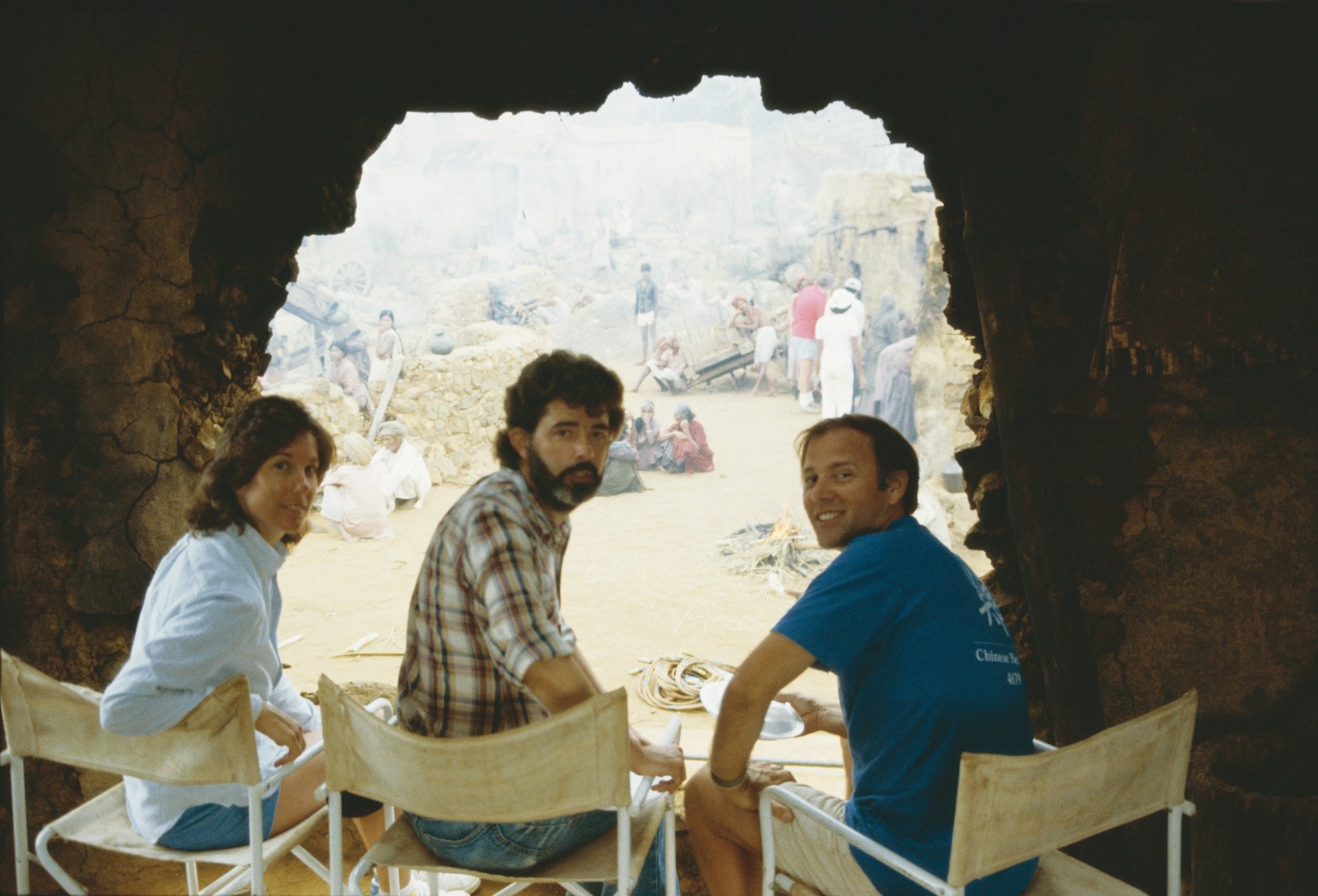
The A-Team
Kennedy’s college roommate was Mary Ellen Trainor, who was a year ahead of her. Trainor moved to L.A. and became an actress, and she also started working for filmmaker John Milius. She encouraged Kennedy to follow in her footsteps and apply for a gig as Milius’ production assistant. Kennedy recalls, “I got the job. The company was the A-team, and it was in an L-shaped building on Hollywood Way. One part of the L was Milius, and at the other end of it were Steven Spielberg, Bob Zemeckis and Bob Gale, who had just written 1941 for Steven to direct; John was producing.
“I was in the middle of this L, working with John and, occasionally, for Steven, when he needed it. Eventually, Steven asked me to come work for him as his assistant, and I said yes. One of the first scripts I read was Raiders of the Lost Ark.”
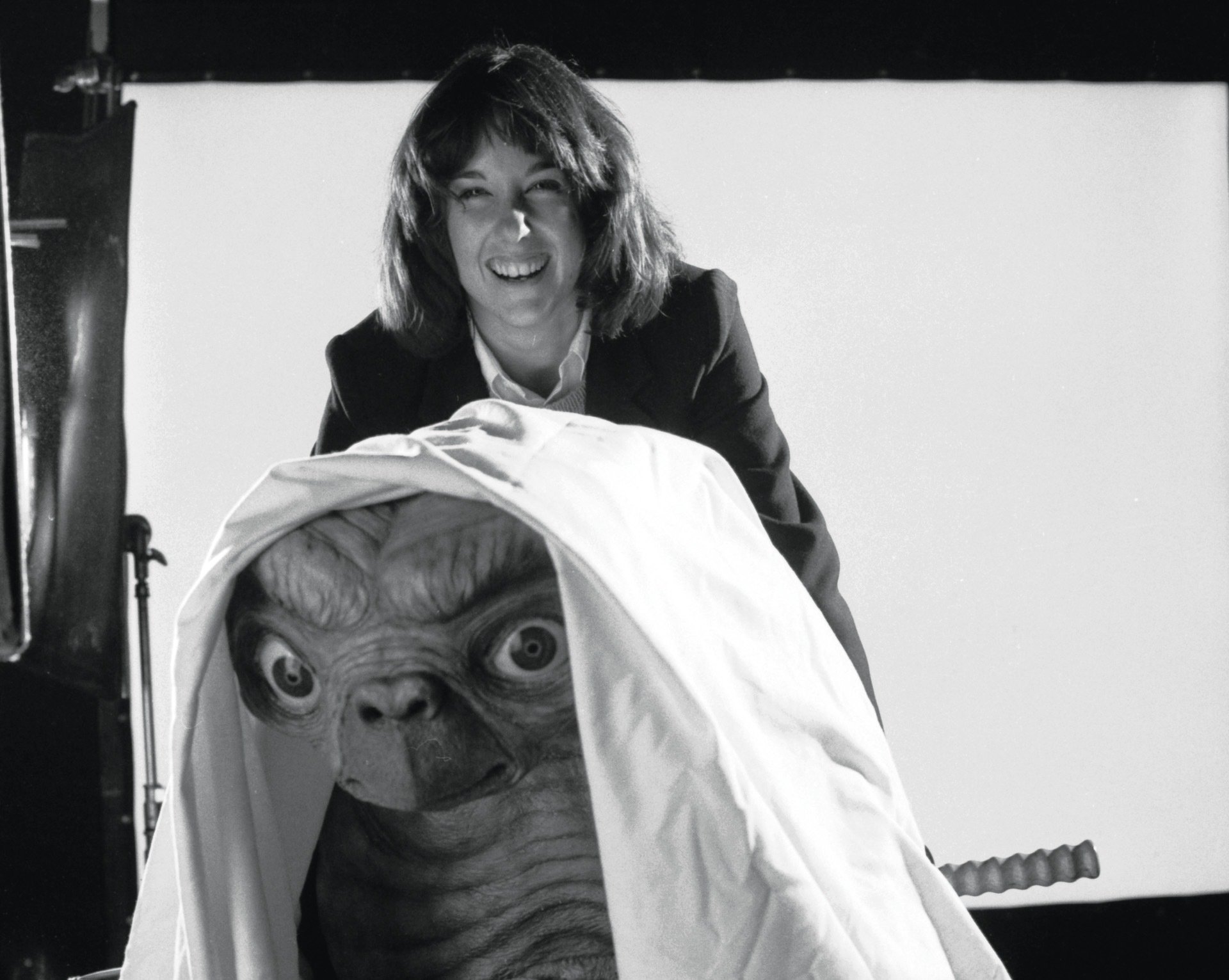
Who You Meet and When
Kennedy moved up quickly from Spielberg’s assistant to associate on Raiders, associate producer on Poltergeist, and producer on E.T. the Extra-Terrestrial. “This is such a collaborative art form,” she notes. “People’s careers are a product of who they’ve met and when they met them. You can look through time and think about Steven and George Lucas and Francis Ford Coppola and Marty Scorsese and Brian De Palma all hanging out together. People tend to think they were all at film school together, but that’s not true; they were all just coming up at the same time and helping each other. It was a cluster of talent coming together and inspiring one another to do better work. John Milius was rewriting and meeting and looking at cuts and things for Francis and Steven and George. At the time, these were just guys who were making films — not the legends they would become.”
“Some of the most meaningful people throughout my career that have really shaped me are the cinematographers I’ve worked with.”
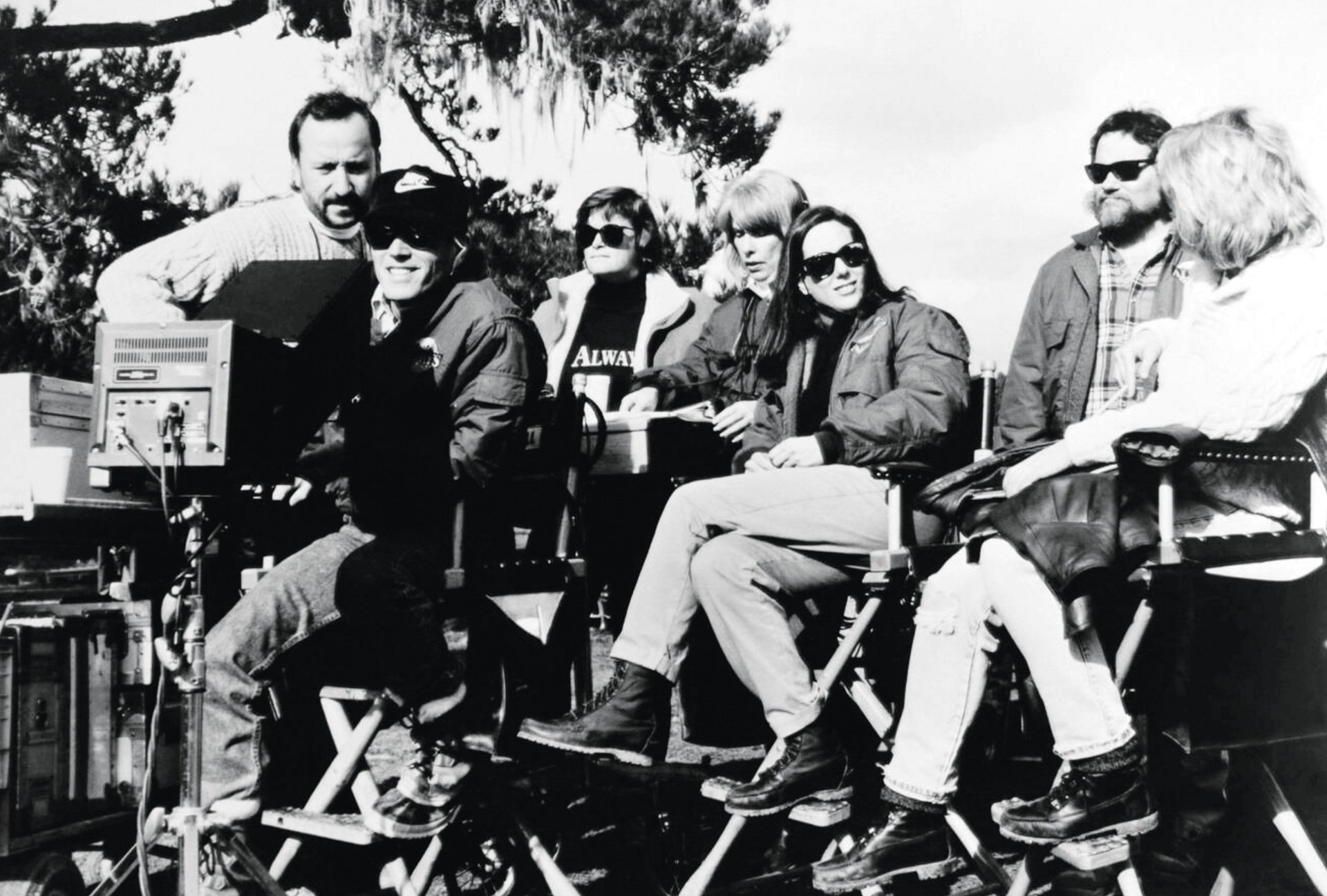
Creative Immersion
Over the course of her long career, Kennedy has also worked with a cadre of legendary cinematographers, among them ASC members Russell Carpenter, Gordon Willis, Dean Cundey, Allen Daviau, Robert Elswit, Tak Fujimoto, Jack Green, Stephen Goldblatt and Robert Richardson, as well as BSC members Douglas Slocombe and Freddie Francis.
“If I’ve learned anything from the cinematographers I’ve worked with, it is that everything to do with the mood, tension and feeling of the story is so dependent on the cinematographer and their vision, which goes hand-in-hand with the director’s,” she says. “There’s a level of detail and immersion with cinematographers, and following the image through every step is a process that I love. My time on Snow Falling on Cedars with Bob Richardson was formative. He was so detailed about the negative with the percentage of bleach bypass, and I spent a lot of time talking to him about that. I grew to understand these creative imaging tools through the people I was working with. As a producer, it is important to me to protect that part of the process for them, right down to the prints.
“I also have incredibly fond memories of [working with ASC President] Shelly Johnson on Jurassic Park III,” she adds. “He did an amazing job with Joe Johnston, the director. It’s really hard to do a sequel.”
In 1981, Kennedy co-founded Amblin Entertainment (named for a short film Spielberg directed and Daviau shot in 1970) with Spielberg and Frank Marshall, her future husband. The first official feature under the new banner was Continental Divide, directed by Michael Apted and shot by John Bailey, ASC.
In addition to E.T., Kennedy went on to produce Indiana Jones and the Temple of Doom, Gremlins, Fandango, The Goonies, Back to the Future, Young Sherlock Holmes, The Color Purple, The Money Pit, Empire of the Sun and many other titles. In 1987, she married Marshall, and the two formed the Kennedy/Marshall Company in 1992. Filmmakers she has since collaborated with include David Fincher, Martin Scorsese, Clint Eastwood, Robert Zemeckis, J.J. Abrams, Frank Oz, Peter Bogdanovich and Richard Donner.
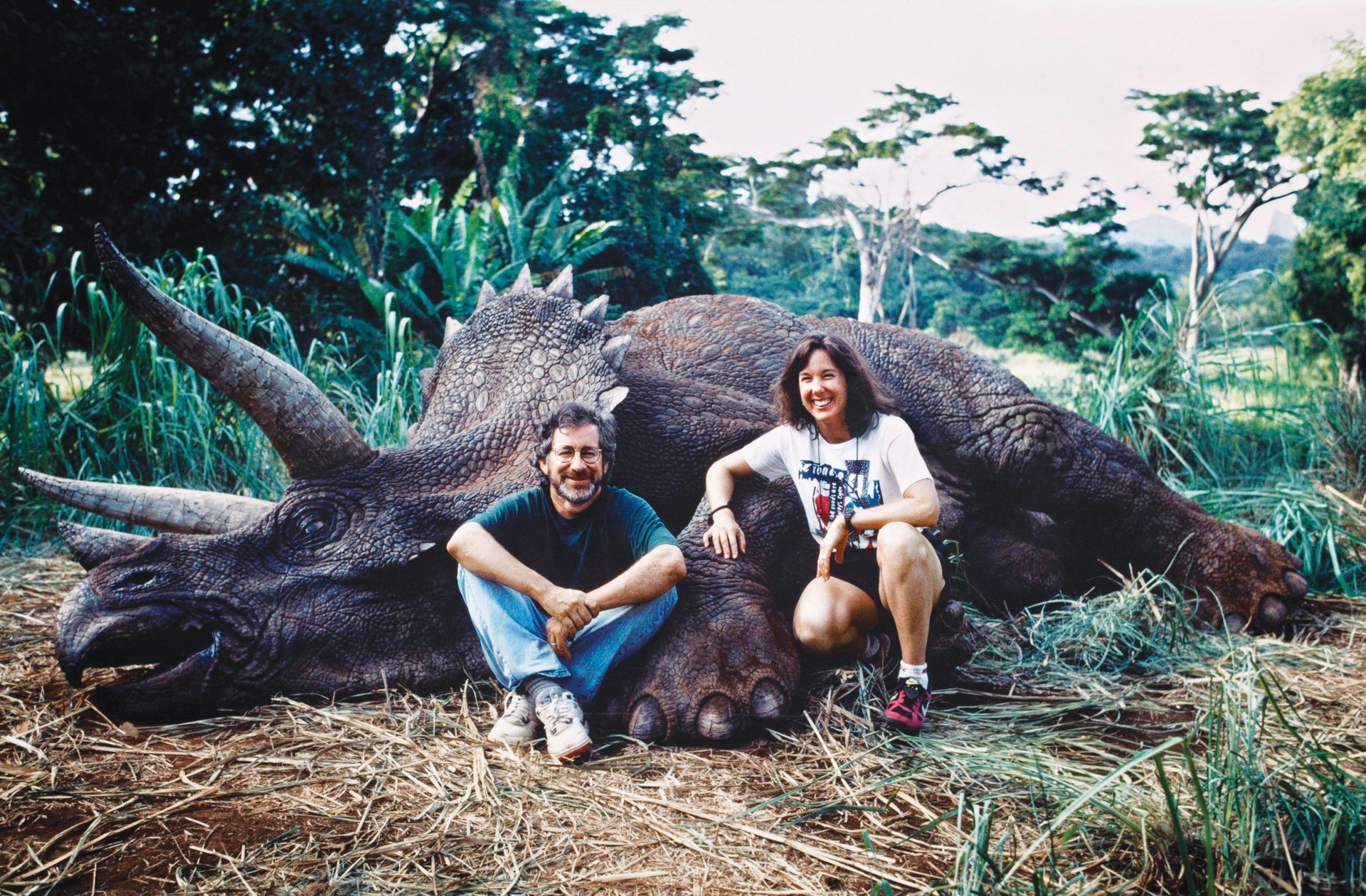
Lucasfilm and Disney
In the spring of 2012, Kennedy stepped down from her position at Kennedy/Marshall to become co-chair of Lucasfilm alongside George Lucas, and when he sold the company to Disney later that year, Disney appointed her president of the entity, which includes Industrial Light & Magic and Skywalker Sound. Off the bat, Kennedy was tasked with overseeing the continuation and expansion of the Star Wars franchise. This included not only the theatrical films Rogue One, Solo, The Force Awakens, The Last Jedi and The Rise of Skywalker, but also a succession of streaming series that started with The Mandalorian and has continued with The Book of Boba Fett, Obi-Wan Kenobi, Andor, Ahsoka, The Acolyte and Skeleton Crew.
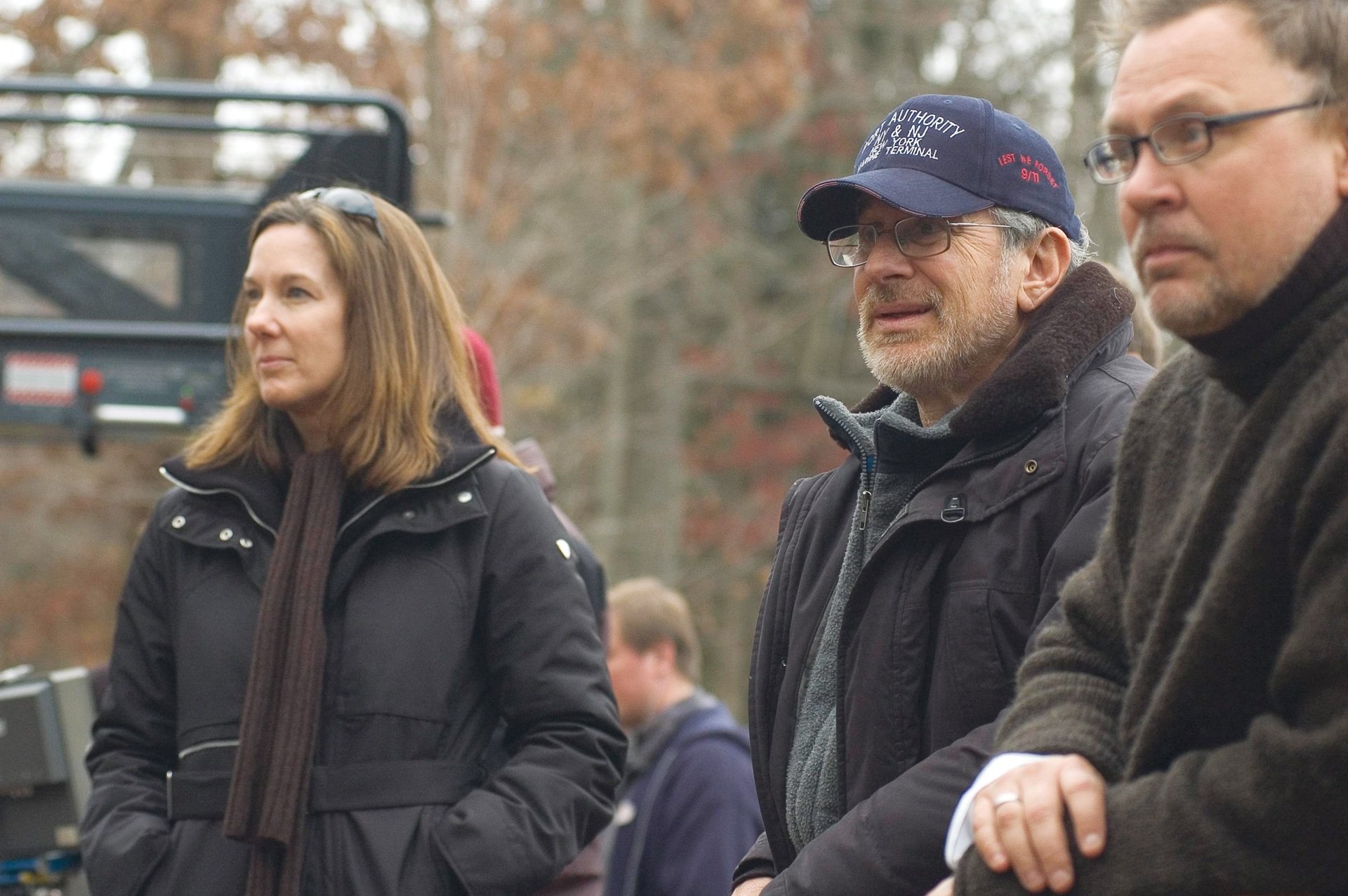
“The work we did with Greig Fraser [ASC, ACS] on Rogue One, and the early experimentation he was doing with LED walls, led to a lot of virtual-production tools that we now take for granted,” says Kennedy. “There’s no question that Greig was using his foundational knowledge of cinematography to inform that transition into the new technology. When we did The Mandalorian, Greig brought such a knowledge of film and cinematography to the digital representation of that, and he really helped us set up the entire process of working on the volume.”
Kennedy has always appreciated cinematographers who aren’t afraid to push boundaries. “Those are the kinds of cinematographers that most studios get nervous about, because they’re not afraid to let things go to the edge, like letting shadows go completely black. I learned that from Steven and Allen Daviau and from working with Dougie Slocombe — the discussion was always about the blacks and how deep you could get in the shadows. That contrast was something that made the frame so rich.”
A Transitional Period
Asked about the state of the industry today, she observes, “We’re in such a weird and controversial period, a transitional period in technology. This is where I put on my producing hat, because I’m in favor of the efficiency side of things, but ‘efficiency’ is often seen as a bad code word for people losing their jobs and work going away. Looking back at technology I’ve been part of, I find that it always replaces certain things and then, very quickly, something else fills the void. On shows like The Mandalorian, we have 25 to 30 people doing jobs that never existed five years ago.
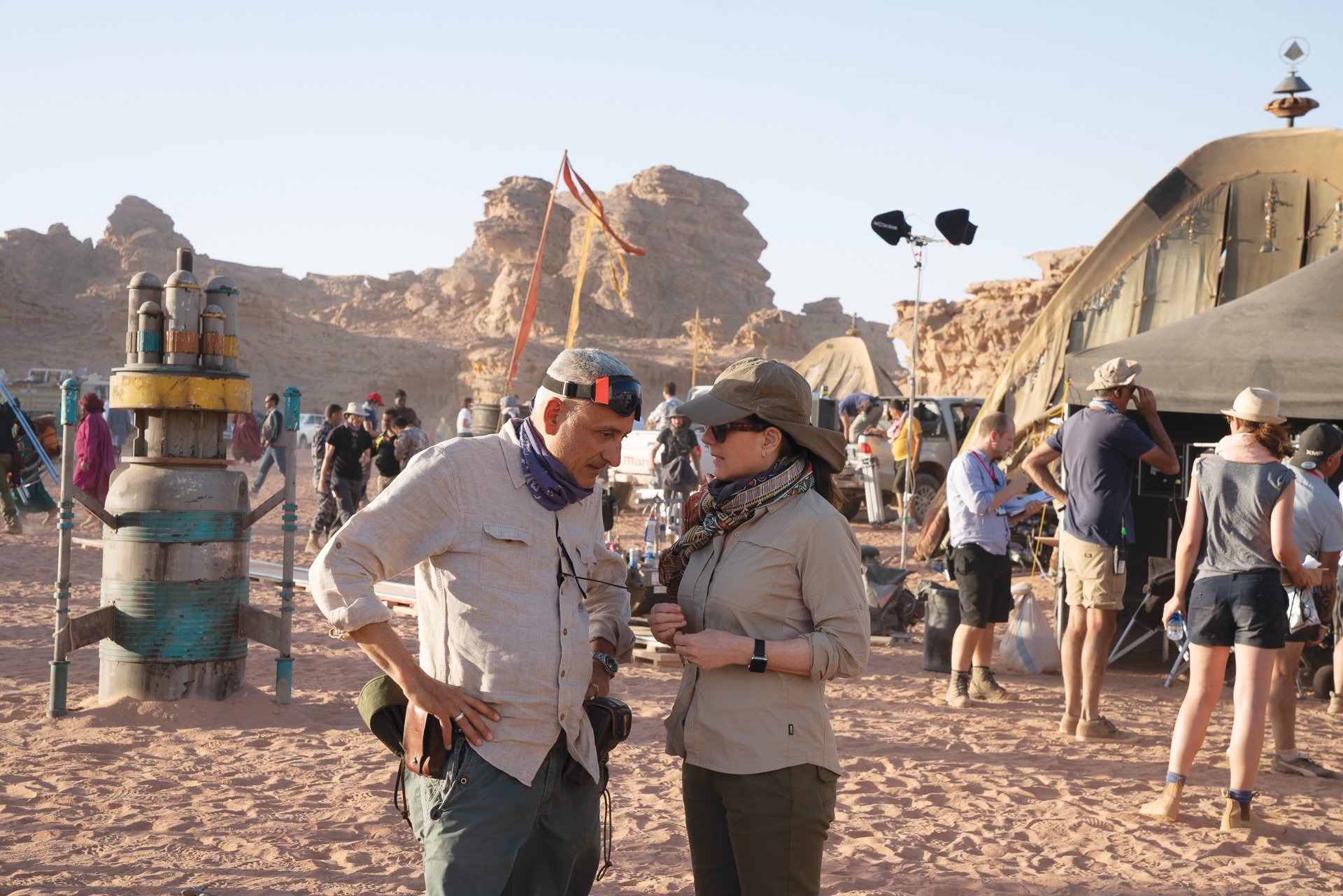
“I’m very excited about the possibility of some of these new tools, and yet I understand the fear that lies underneath all of this. People have spent their time learning a craft that they think might go away, and they wonder whether they can find another path, and what that might be, as things are changing. I think it’s interesting on a set like ours, where you have a juxtaposition of people doing very traditional jobs right alongside what is new and what is coming.
“Because I’ve been intimately involved with visual effects my whole career, I know the people doing those jobs are not button-pushers — they’re artists. We need to understand that AI tools are only as good as the person using them. It’s not as though movies are going to be made by someone pushing a button — it’s going to remain a collaborative artform. We’re just going to need some retraining and education. I hope we can see a real acceleration in training and teaching these tools, whether in traditional universities or something that the industry sets up [for working professionals].”
More Laurels, and a Far-Off Encounter with AC
Kennedy’s many honors also include the BAFTA Fellowship Award and the CBE Award (Commander of the Most Excellent Order of the British Empire). She is chair of the American Film Institute’s Board of Trustees, a founding member of the Hollywood Commission, and a board member for the L.A. Promise Fund, Library of America, and the University of Southern California School of Cinematic Arts.
Her latest honor, the ASC Board of Governors Award, “means everything to me,” she says. “Some of the most meaningful people throughout my career that have really shaped me are the cinematographers I’ve worked with.”
Kennedy also had praise for this publication, recalling an amusing anecdote that sealed its global reach in her mind. “American Cinematographer is a magazine that I have lived by for years,” she submits. “When we were doing Temple of Doom in Sri Lanka, we had the good fortune of getting to know some of the engineers building a giant bridge, and they helped us build the rope bridge for the movie. We were there for quite awhile during prep to get things set up, and we would walk around this dirt path along this mountain ridge to the bridge.”
One day, Kennedy, Spielberg, Slocombe and ASC associate member Garrett Brown — inventor of the Steadicam — met a local engineer, Palitha Mediwake, who operated a local film-services company, “and he had American Cinematographer magazines all over the place,” Kennedy recalls. “He was building equipment, including a Steadicam, that he had seen in the magazine! We were stunned. Here we were, in the middle of Sri Lanka, and the influence of American Cinematographer was undeniable.”
Further Reading
